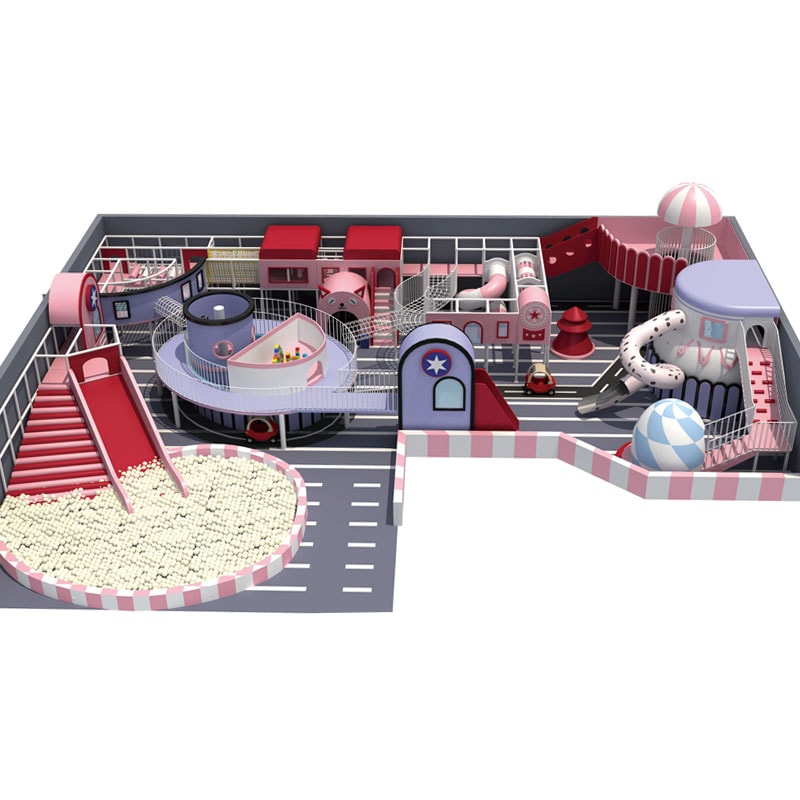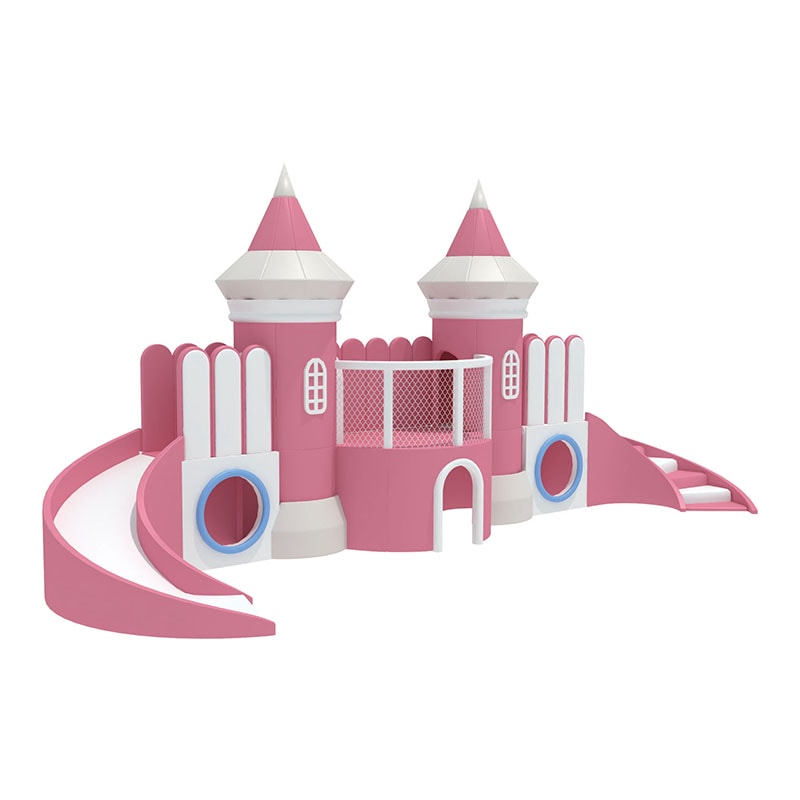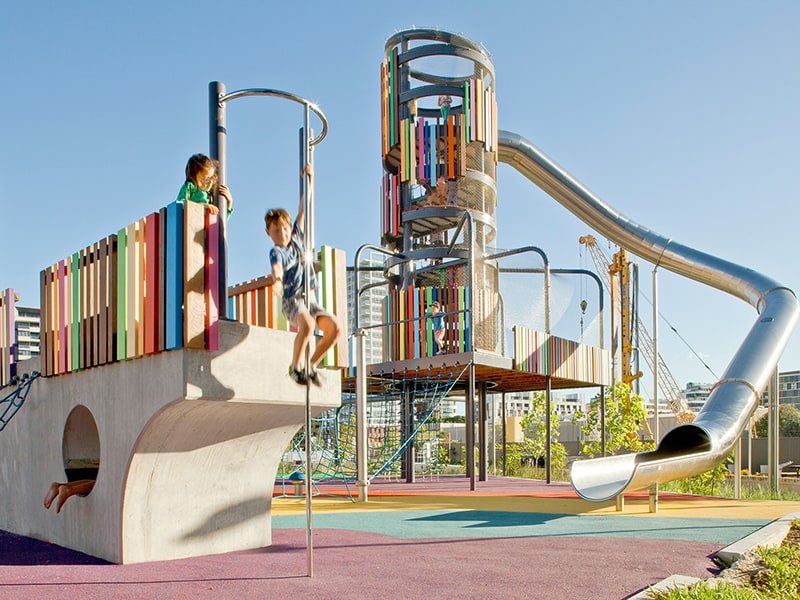Sustainable Materials
As the world becomes more aware of environmental challenges, the demand for sustainable solutions in various industries is growing, and playground design is no exception. Utilizing sustainable materials in playground equipment not only minimizes the environmental impact but also ensures the health and safety of the children who use these spaces. By incorporating eco-friendly, durable materials, we can create a future where play and sustainability go hand in hand.
Environmentally Friendly Choices
Sustainable materials are sourced and manufactured with minimal environmental footprint, reducing waste, pollution, and resource depletion. For playgrounds, this can include using recycled plastic, responsibly harvested wood, and non-toxic coatings. Recycled plastics, for instance, not only repurpose post-consumer waste but also offer durability, making them a long-lasting option for outdoor equipment. By choosing materials that are renewable or recyclable, playground designers contribute to reducing the strain on natural resources, lowering carbon emissions, and diverting waste from landfills.
Incorporating sustainable materials helps protect the environment for future generations, teaching children the value of conservation and environmental stewardship. Playgrounds can serve as tangible examples of sustainability, where children learn through play how their actions and surroundings impact the planet.
Safe and Non-Toxic for Children
One of the key benefits of sustainable materials in playground design is their safety. Many traditional materials used in playground equipment, such as certain plastics or treated wood, can release harmful chemicals over time, which may affect children’s health. Sustainable alternatives, like non-toxic, BPA-free plastics and natural wood treated with eco-friendly methods, ensure that children are playing in environments free from harmful substances.
Rubber surfacing made from recycled tires, for example, provides a soft and safe play surface, reducing the risk of injuries while being eco-conscious. Additionally, sustainable materials are often free from heavy metals, harmful additives, and volatile organic compounds (VOCs), providing healthier play spaces for children. These materials also undergo rigorous testing to meet stringent safety standards, ensuring durability and performance without compromising on the environment or child safety.
Longevity and Durability
Sustainable materials are designed to be durable and long-lasting, reducing the need for frequent replacement and maintenance. This not only makes them cost-effective in the long run but also minimizes the overall environmental impact. Materials like weather-resistant wood, UV-stabilized plastics, and stainless steel are not only sustainable but are also highly resilient against wear and tear, ensuring that playground equipment remains safe and functional for years to come.
The durability of these materials also means that playgrounds made with sustainable resources can withstand harsh weather conditions, heavy usage, and natural aging without breaking down or releasing harmful substances. This ensures that play environments remain safe and aesthetically pleasing over time, reducing the ecological impact of replacing worn-out equipment.
Educating the Next Generation
Playgrounds built with sustainable materials can also become an educational tool for children. By using recycled or renewable resources in playgrounds, communities can highlight the importance of environmental responsibility. Informative signage or interactive elements can teach children about sustainability, recycling, and how the materials they interact with play a part in protecting the planet. Through hands-on learning, children gain a deeper understanding of eco-friendly practices and are more likely to carry those values into adulthood.
Sustainable playgrounds, therefore, not only offer a safe place for play but also help foster a sense of environmental consciousness, shaping future generations to be mindful of their impact on the world.
Conclusion: A Greener Approach to Play
Sustainable materials are the future of playground design, offering a safe, environmentally friendly alternative to traditional materials. By utilizing recycled, renewable, and non-toxic materials, we can create playgrounds that are not only durable and cost-effective but also promote environmental stewardship. These playgrounds serve as a physical representation of how play and sustainability can coexist, providing children with a safe, fun, and educational environment while contributing to a healthier planet for future generations.





